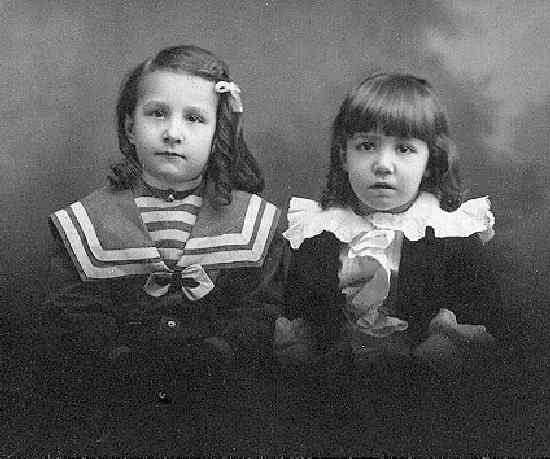
Figure 20.--HBC has found this a difficult image to assess. The child in the Fauntleroy suit is definitely a boy. The older child in the sailor suit is more difficult to assess. The portrait was probably taken in the 1890s.


Figure 20.--HBC has found this a difficult image to assess. The child in the Fauntleroy suit is definitely a boy. The older child in the sailor suit is more difficult to assess. The portrait was probably taken in the 1890s. |
HBC has found this a difficult image to assess. The child in the Fauntleroy suit is definitely a boy. The older child in the sailor suit is more difficult to assess. The portrait was probably taken in the 1890s. Our assessment is that the older child is probably a girl, although there are some reasons to believe that the child may be a boy.
The portrait is undated, but looks to have been taken in the 1890s.
These are American children. This is a studio portait, talen by by Smiths in Wellsboro, Pennsylvania.
These children almost certainly are siblings. The younger boy is certainly a boy. HBC is less sure about the older child.
The younger child is clearly a boy. He wears ringlet curls with a classic Fauntleroy suit. Girls did not wear suits with blouses like that. A girl would have worn a dress with more color--unless in moirning. Also a girl's dress would have had more detailing. In addition the child has a rather boyish face.
The older child is more difficult to assess. HBC provides the following assessment of various aspects of the child's dress:
Face: Te lder child's face does not look as boyish as the younger chid. The child, however, could be either a boy or girl.
Hair style: The child has a different hair style. The ringlets are more defines and there are no bangs. Even so the hair styles are quite similar in appearance. HBC has noted that even the brothers and sisters are dressed similarly, the hair is done differently. Ringlet curls like these are more common on boys than girls in the 1890s. But they were worn by both genders.
Hair bows: The hair bow certanly looks girlish, but in the America of 1890s is was not unknown to add a small hair bow to a little boy's hair, especially when done in ringlets. The bow does look rather small for a girl's hair bow. It seems unsusal, however, that the older boy would wear a hair bow while his younger brother does not. This suggests that the child may be a girl.
Sailor suits: Girls by the 1890s had begin to wear sailor suits, bit it was no nearly as common as after the tirn of the century. Girls' suits, like this child's suit were more likely to have non-traditional sttyling than boys' suits. The sacrfe bow in particular looks more suitable for a girls' dress than a boys' suit. For HBC, the non-traditionally styled sailor suit is the strongest indicator that the older cvhild may be a girl.
Necklace: The older child wears a locket necklace. This suggests that the child is a girl, although it was not unknown for a boy to wear them.
A HBC reader comments, "Due to the difficulty of determining whether the sailor outfit is a sailor dress or a suit, it is hard to determine if the older child is a boy. I
thought the ringlets were more boyish myself. If the picture was clearer I would be more certain. If the younger child is wearing a Fauntleroy suit with kneepants and the older child is in a dress that would tend to make me think the older child is a girl; however, I cannot make out whether the younger boy is wearing trousers and what the older child is wearing."
